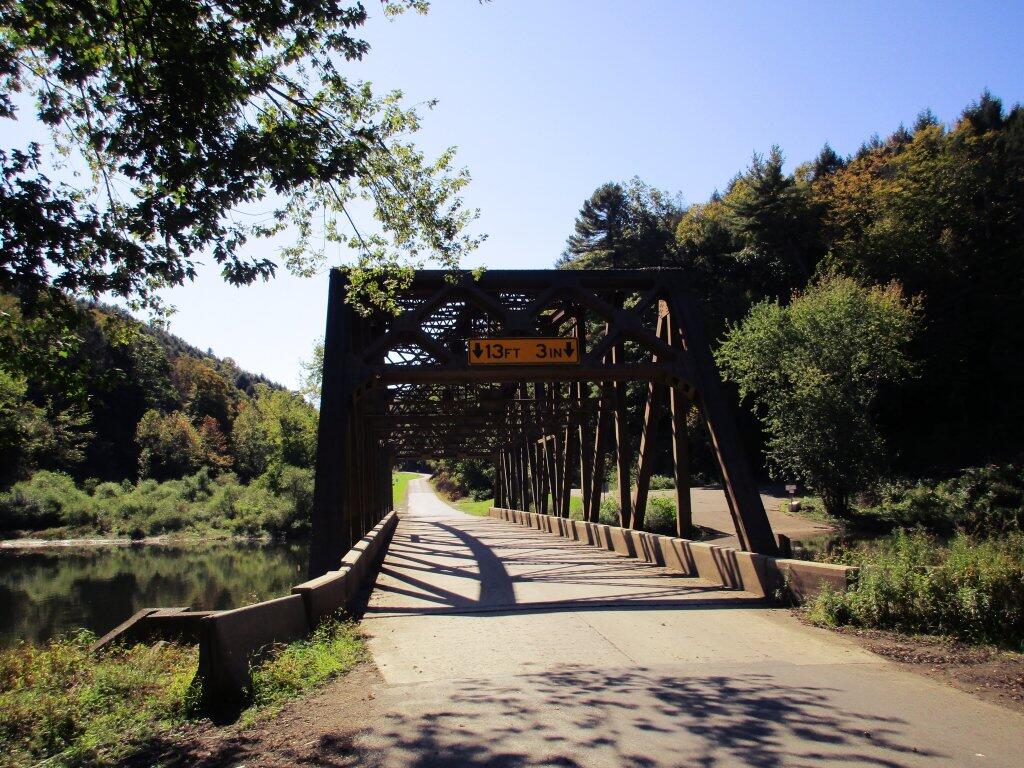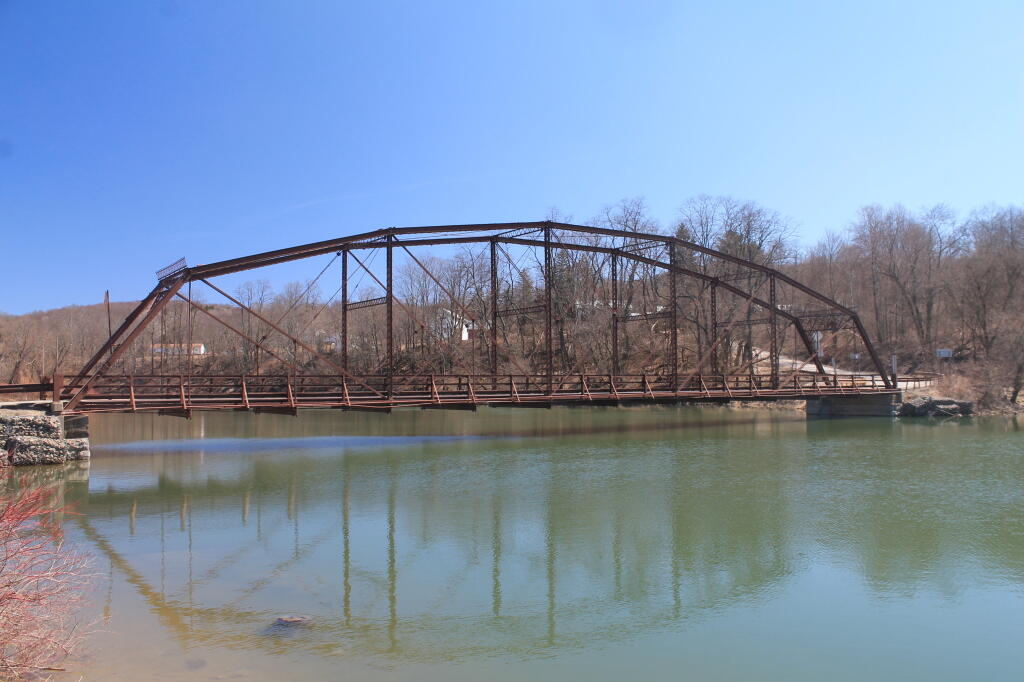Region 4 Combined Sewer Overflows
The dataset represents the locations of combined sewer overflow (CSOs) outfall locations in DEC Region 4, specifically the Albany Pool. It also includes overflow detection capabilities of CSO communities and overflow frequency data within a specified timeframe.
Combined sewer systems (CSS) are sewer systems that are designed to collect storm water runoff, domestic sewage, and industrial wastewater in the same pipe and bring it to the publicly owned treatment works (POTW) facilities. During rain events, when storm water enters the sewers, the capacity of the sewer system may be exceeded and the excess water will be discharged directly to a waterbody (rivers, streams, estuaries, and coastal waters). http://www.dec.ny.gov/chemical/48595.html
The cities of Albany, Troy, Cohoes, Rensselaer, Watervliet, and the Village of Green Island make up the partner communities in the Albany Pool Communities. Among the six communities there are nearly 100 CSO discharge points. The Albany and Rensselaer County Sewer Districts are connected to the CSO program through their State Pollution Discharge Elimination System (SPDES) permits, and are cooperating with the Pool communities in implementation of the Long Term Control Plan (LTCP) for the abatement of CSOs. Read more about this program at http://www.cdrpc.org/CSO.html.
Data Source: https://data.ny.gov/Energy-Environment/Combined-Sewer-Overflows-CSOs-Beginning-2013/ephi-ffu6

